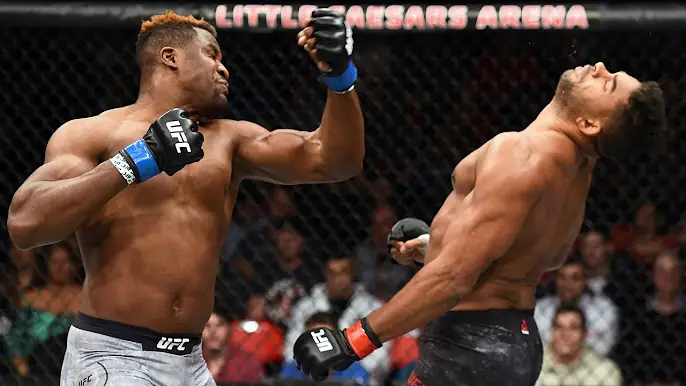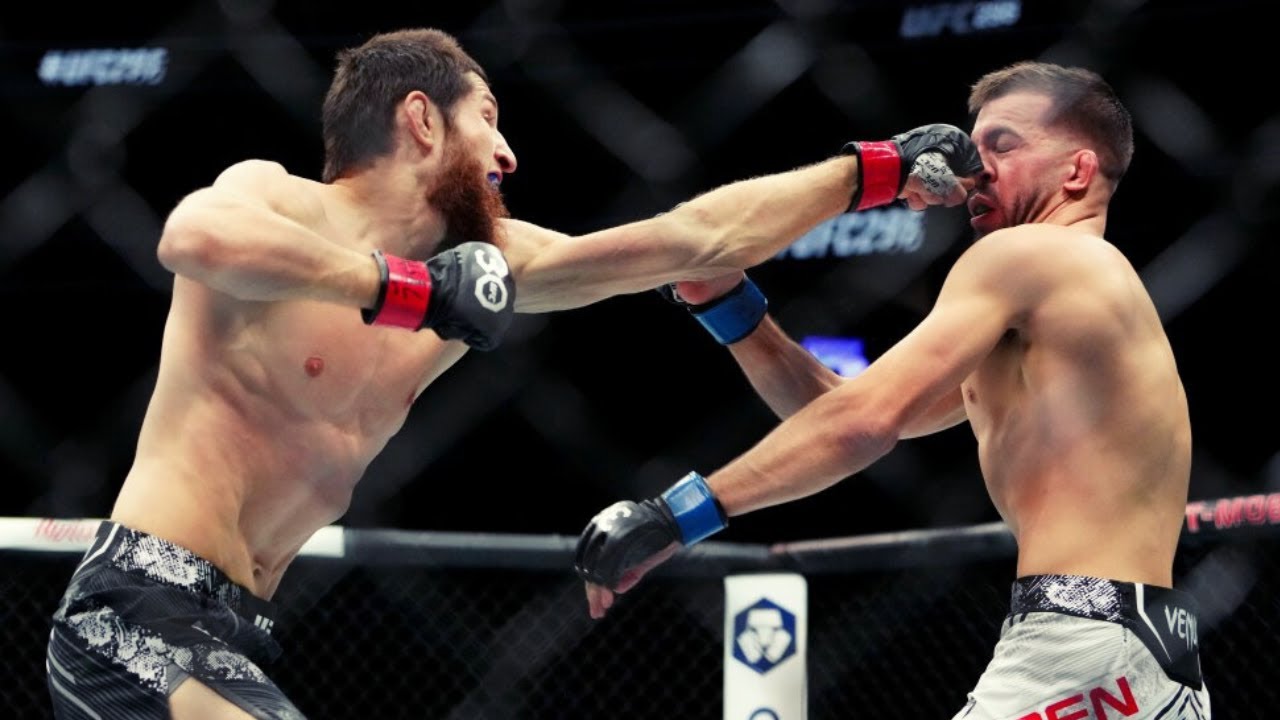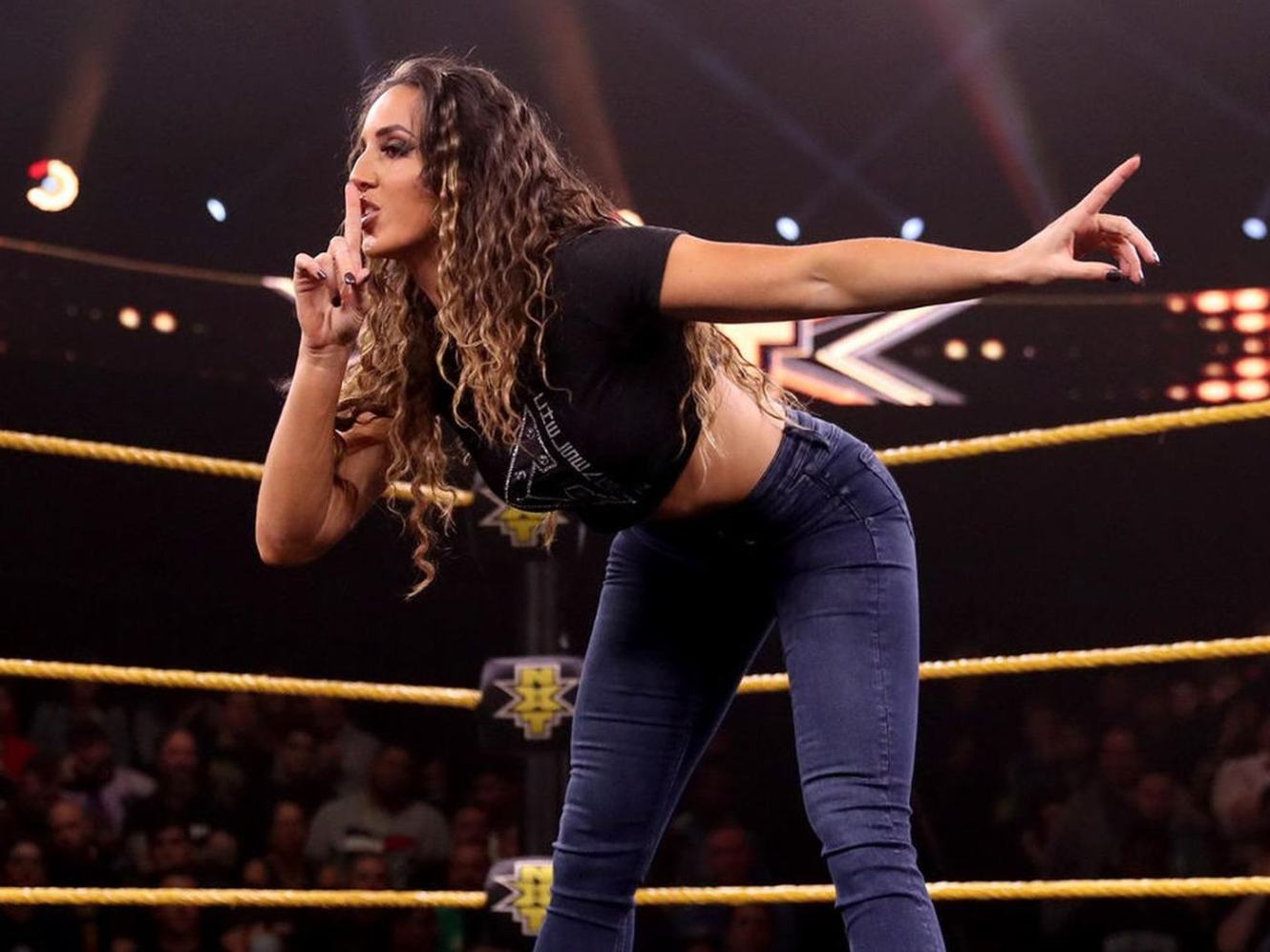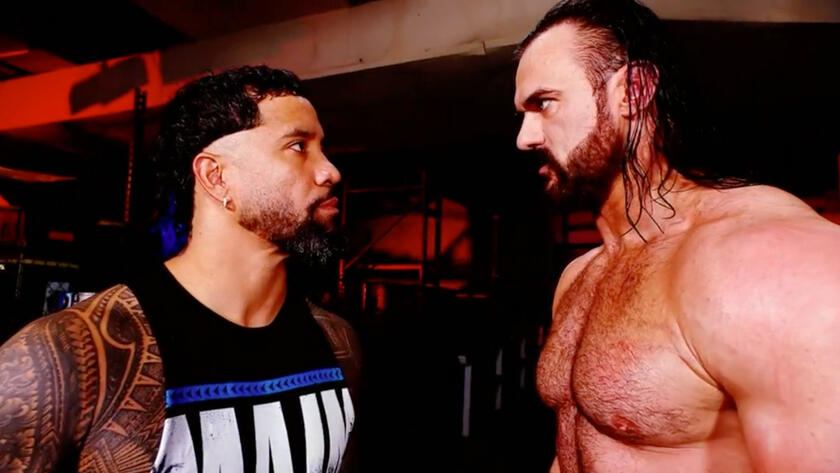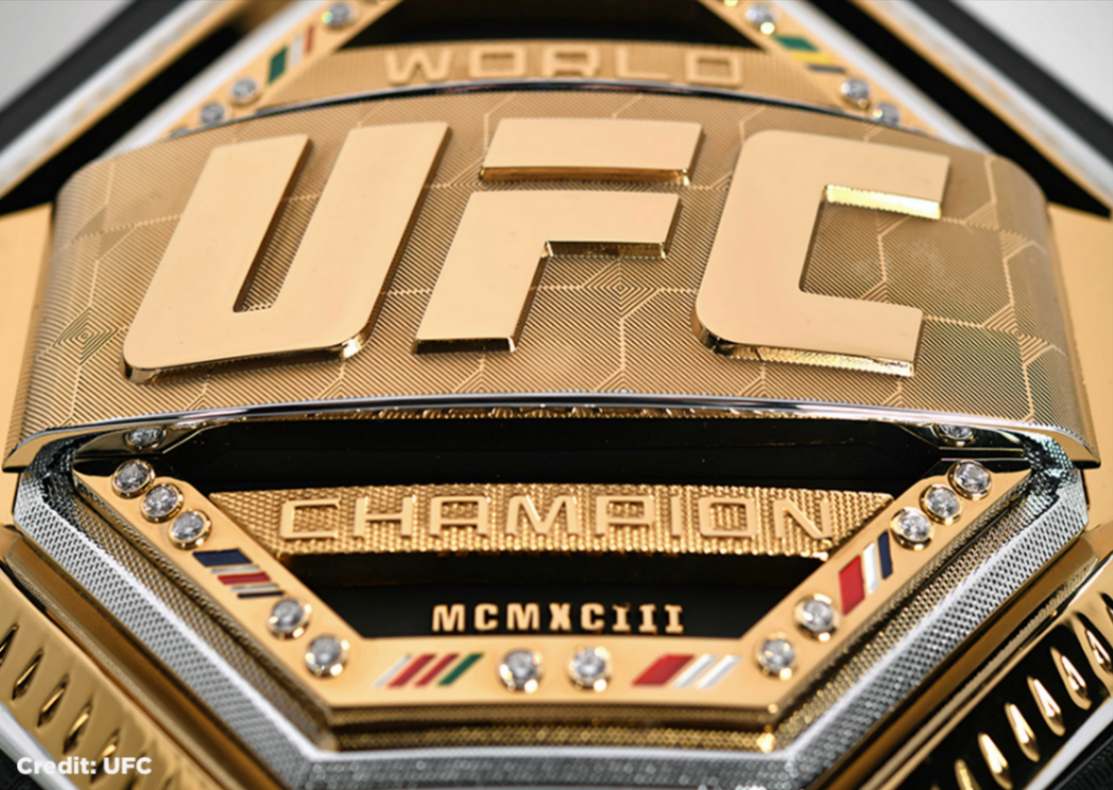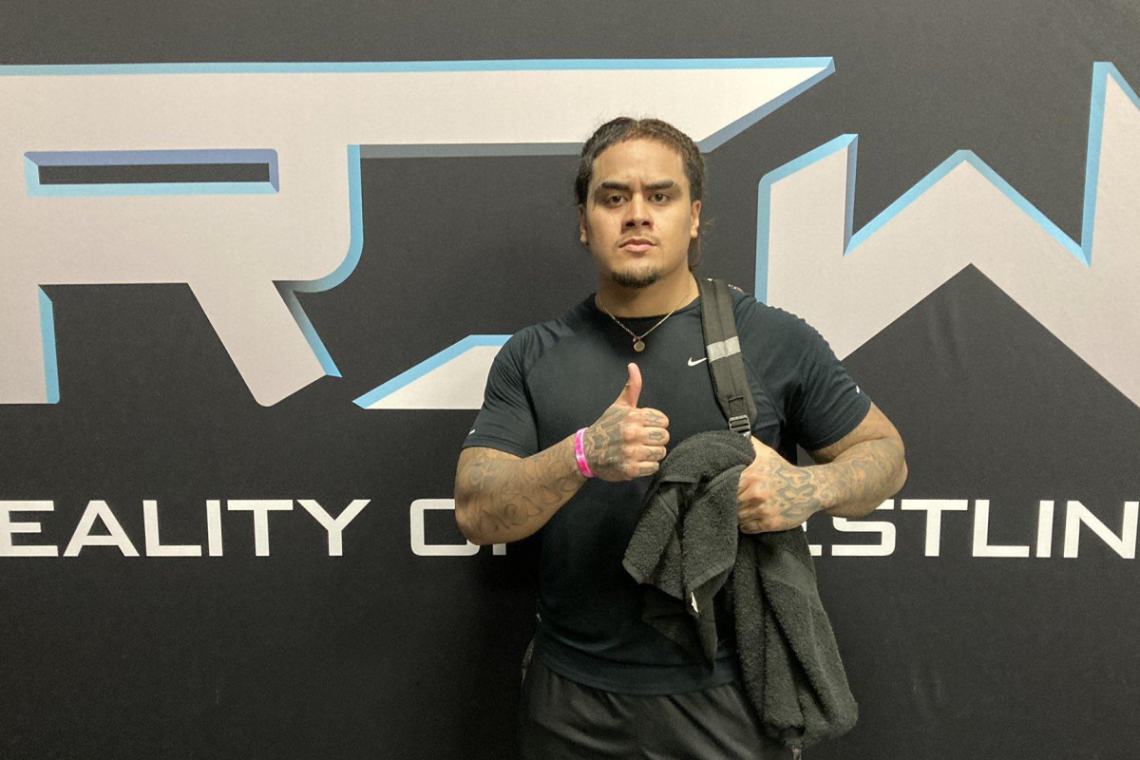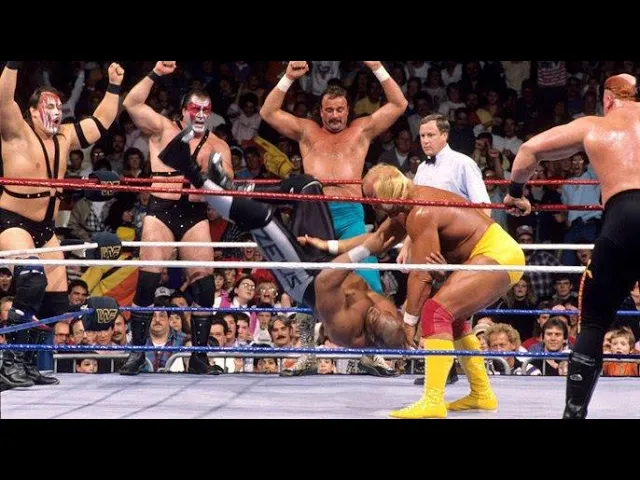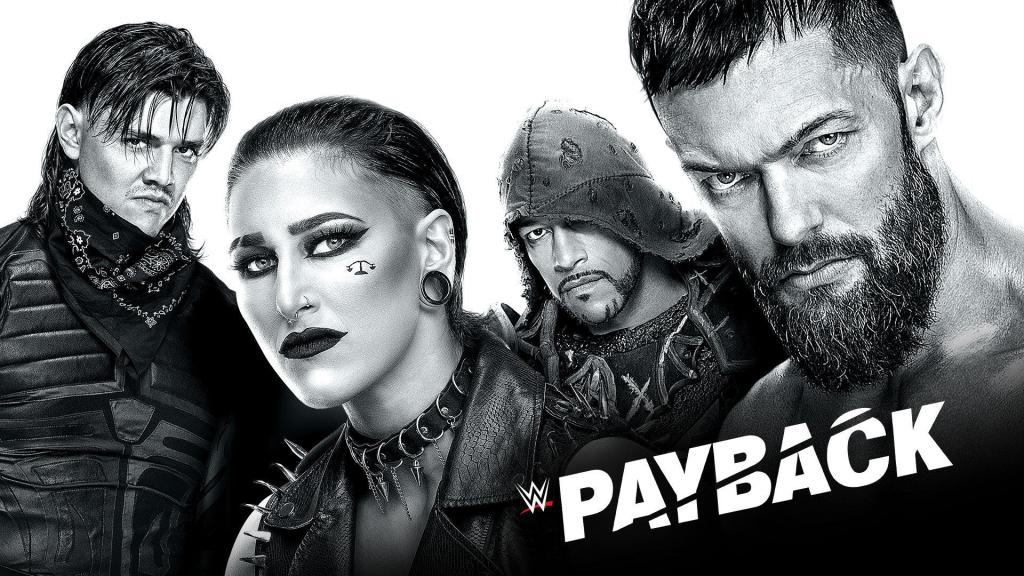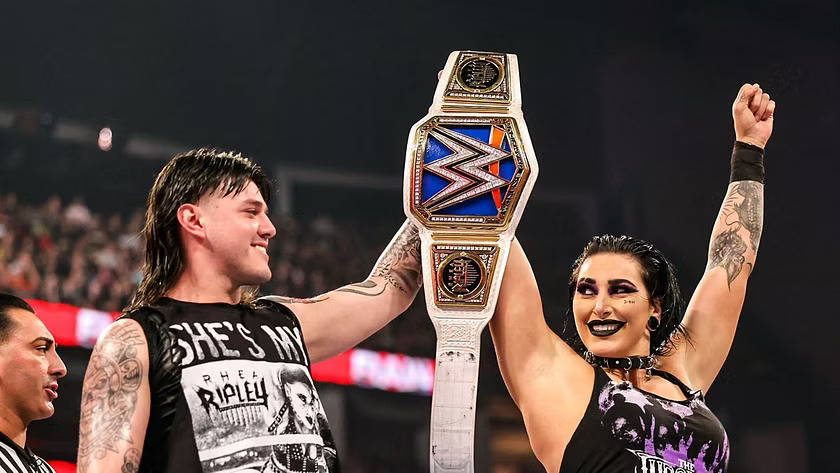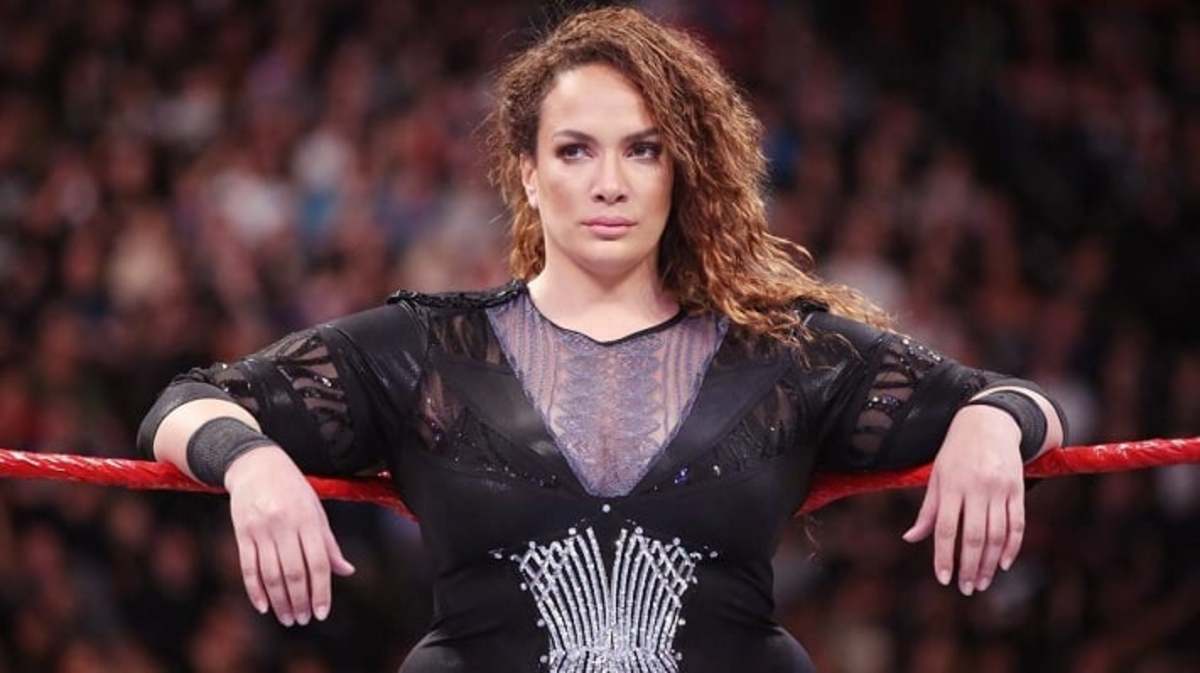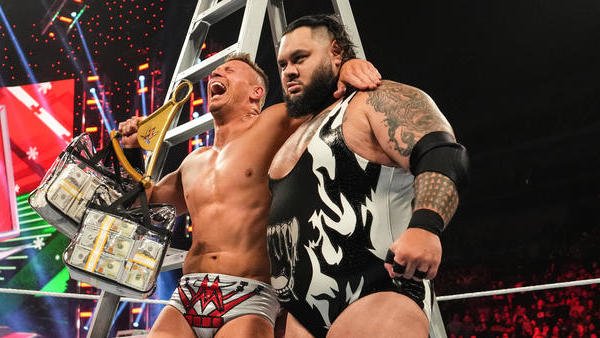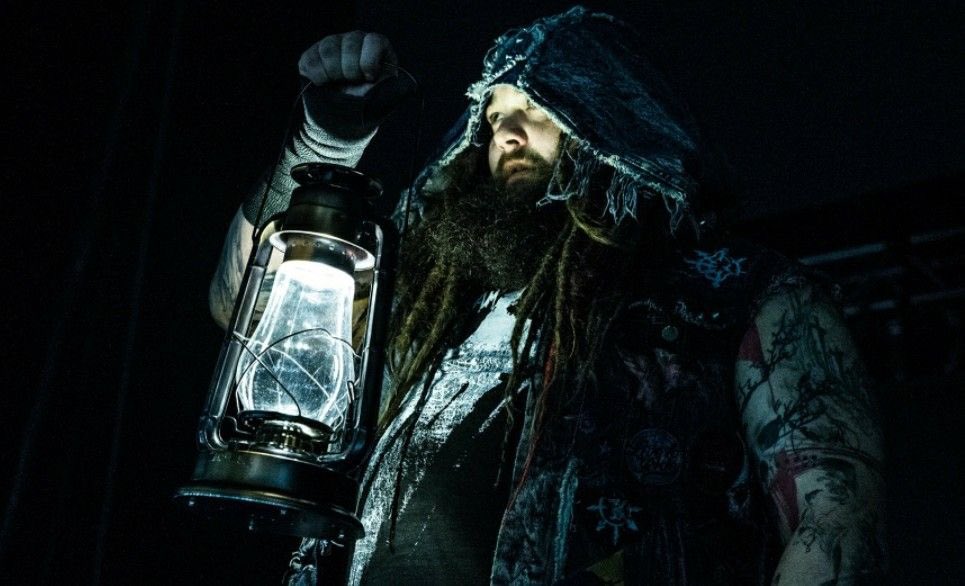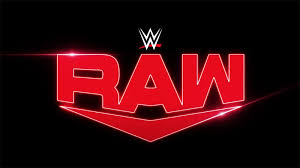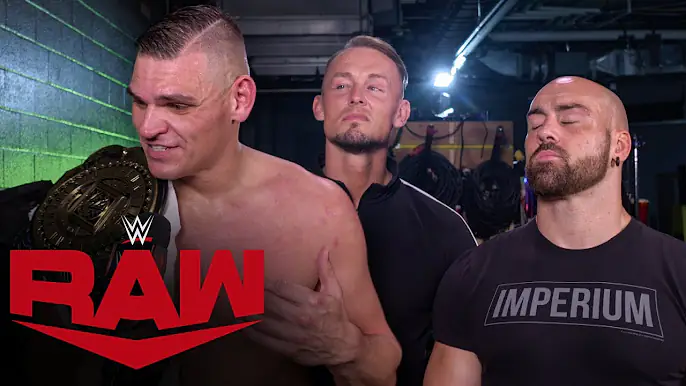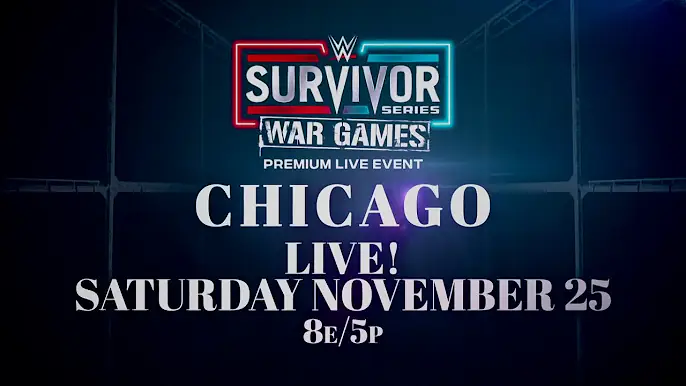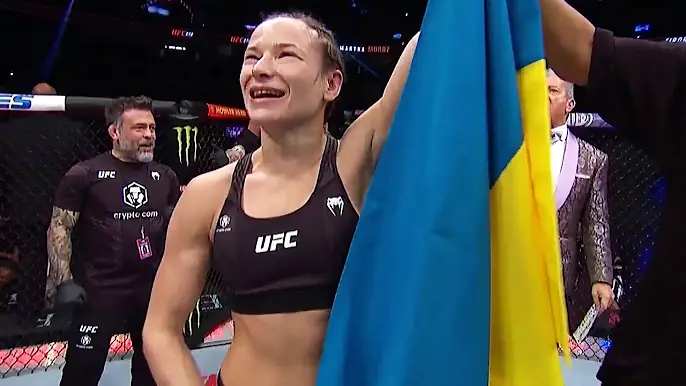How WWE Balances Tradition with Innovation in Storytelling
The WWE universe is entirely made up of colossal athletic feats, dramatic storytelling, and over-the-top characters. It has been transformed from a regional promotion into an entertainment giant across the face of the earth. A vital part of this transformation is how well WWE can preserve tradition as much as innovate its storytelling. This balance keeps the company abreast of its glorious past yet relevant in a changing media landscape. This paper explores how WWE holds the thin line between character development, match formats, technology, and fan engagement.
Honor Tradition
The foundations of WWE lie in wrestling traditions of the early 20th century and the systems of those times. Those traditions provide the base the company’s stories are woven on, and it tries to keep that feeling of continuity and legacy alive.
Character Archetypes
WWE significantly envisions forerunning character archetypes, such as an archetypal heroic babyface or a villainous heel. These were present at the very dawn of wrestling, and one would say that they place audiences in a state of clarity concerning moral dichotomy. The most endearing figures would be Hulk Hogan, “Stone Cold” Steve Austin, and The Undertaker: archetypes or portrayals that get cemented in time—good versus evil.
These archetypes are played upon by the persona that WWE is set up to introduce. For instance, John Cena, as the patriotic hero, goes along with a classic babyface tradition, while Brock Lesnar, as the monstrous heel, reinforces timeless villain archetypes. So these are archetypes pertaining over time, and when one drifts out with WWE’s regular replacement of new arrivals, there is always another to take its place.
Commentating on the matches is already becoming so detailed
Some events in WWE are henceforth considered traditional institutions that have made the company’s yearly calendar. Its most significant event, WrestleMania, was founded in 1985 and is equivalently likened in cultural value to the Super Bowl. The other events in WWE’s portfolio are the Royal Rumble, SummerSlam, and the Survivor Series, among others. All the events belong to the company’s history and help it maintain a solid legacy base.
Moreover, WWE reflects on the past by having those “legacy” matches and storylines that pay some sort of tribute to past feuds. For example, one would notice the induction ceremony every year into the Hall of Fame in the promotion for the careers of legendary wrestlers, therefore linking the past with the present. The storyline featuring The Rock versus John Cena, which is dubbed “Once in a Lifetime,” draws on the legacies of some stars from the past while creating new moments for contemporary audiences.
Long-Form Story
One defining feature of classic WWE storytelling is a dedication to a long brand narrative. Unlike so much other entertainment that banks on payoff right out of the gate, WWE usually builds its stories over months to even a few years. That enables much richer character development and vascular conclusions in the end.
A great example of this is the story of The Undertaker and Kane, a two-decade-long saga. What kept fans for so long is the long-winded story between these two characters, full of twists and turns: betrayal and then reconciliation, fights here and there. An excellent example of this is perhaps the one between Triple H and Shawn Michaels, lasting long through repeated WrestleMania battles.
Embracing Innovation
As much as tradition—character-based storytelling—matters, so does its other side, that WWE has been just as important in innovation. Indeed, the company has been nimble by responding to changing technologies, changes in the media environment, and changes in audiences’ service expectations. At the same time, it has devised vital ways to keep the storytelling both fresh and engaging.
Digital and Social Media Integration
Significantly, WWE has fit so well in the digital world by incorporating social media and other digital platforms to feed original storylines. Twitter, Instagram, and YouTube avail superstars an outlet to be themselves outside the ring and provide responses in real time to fans, a concept that adds creativity to those sport characters.
Just like the case of “Ronda Rousey vs. Becky Lynch,” this continued on past social media and into WrestleMania 35 as the seeds of their on-character traveling tactics fermented and gave additional pressure to their feud. Taking advantage of digital, WWE amplifies the stories experienced on-screen and changes to living through the moments created in exclusive interviews, backstage sequences, or live streams that would allure fans to stick around even when the show was finished.
Cinematic Events
One of the significant innovations in recent history by WWE is the introduction of cinematic matches. In a very out-of-the-box way from traditional in-ring action, the matches are prerecorded and post-edited in a cinematic manner. An excellent illustration is The Boneyard match between The Undertaker and AJ Styles at WrestleMania 36: the game combined action, drama, and special effects to create a memorable and immersive experience.
The Firefly Fun House match could be depicted as just another case of WWE’s passion—it wanted to miracle itself with a regal narrative form that blended reality and fiction around a hue of surreal and thought-provoking abstractness. So, these cinematic matches would give WWE a mode through which it can tell it’s stories even more creatively and unconventionally.
Interactive fan engagement
WWE has embraced interactivity with fans as part of their storytelling approach. With the birth of the WWE Network and, more recently, Peacock, comes an ability to engage: access to a library of content, live chats during the shows, and exclusive programming that goes way deeper into the storylines.
The most definite realization of such a policy was WWE Thunderdome, which, in the context of COVID-19 times, invited fans to participate virtually in live events, raising interactivity and visual dynamics to entirely new levels. It was an innovation by itself in an adverse time to keep the fans involved while demonstrating WWE’s adaptability and commitment in its engagement with the spectating audience.
Blending Tradition with Innovation
WWE has managed to keep its storytelling alive and marry tradition with innovation in practical harmony, uniting the creation of a product that respects the industry’s legacy while also being relevant to a modern audience.
Warm, Fresh Ideas
WWE has been good at reusing old ideas bringing them back into the light, and making them lovable. Bringing back the Women’s Royal Rumble match in 2018 follows this script. By using the blueprint of the classic Royal Rumble and adding it to the women’s division, WWE paid homage to the past, highlighted the gender issue, and how talented their women’s rosters are.
Similarly, the return of events like the WarGames match—one of WCW’s mainstays—to NXT has allowed WWE to dust off classic formats for a modern revamping. This is something by which revamps can respect wrestling history and give fresh, engaged content to the fans.
Cross-Generational Storylines
Much of WWE’s storytelling spans across generations, seeing legends of the past pit out with today’s stalwarts. Cross-generational storylines add an element of continuity and legacy for both vets and newcomers. A case in point would be the two-year-long instance, with the lineage from The Rock to John Cena functioning across two WrestleManias. The feud was premised on being a generational conflict: The Rock is the Attitude Era, and John Cena is the modern era. This storyline not only created an incredibly compelling story but also honored WWE’s history and legacy.
Creative Match Kinds
Each time, WWE tweaks and develops new and original parameters within the wrestling concept. In 2005, one of these was wrestling’s introduction of the Money in the Bank ladder match. So this particular kind of match, which involves a group of wrestlers vying for a contract guaranteeing a championship match, has taken a life of its own as a crowd-pleaser of WWE shows.
Another recent innovation is the introduction of NXT TakeOver, with its events having increased in quality when putting up a match and how innovative the storytelling is within these matches. At most times, these events can feature some particular kinds of match types and stipulations, which show how much WWE can take risks and yet stay connected with the wrestling tradition.
Case Histories in Tradition Innovations and Balances
The following case studies will help to expand further on how WWE’s struggle between maintaining tradition and innovating tales is managed and balanced.
The Shield’s rise
The Shield, with Roman Reigns, Seth Rollins, and Dean Ambrose, debuted in 2012 and quickly became one of the most dominating trios in WWE history. The whole initial storyline of the group was based on basic wrestling painting, wanted renegade outsiders looking to cause upheaval against the sort of corporation and the land that is the establishment in the WWE. WWE employed The Shield with extraordinary inventiveness when introducing new kinds of match types and narrative techniques. Matched with hard-hitting action and an unconventional style, The Shield has been defined by crowd brawls and innovative use of the arena space topped with high-impact stuff. Their initial run did culminate in a series of incredible matches, moments of Combino vs Classic, and excellent in-ring work.
The Women’s Evolution of WWE
Women’s Evolution of WWE epitomizes a striking balance between a propensity towards tradition and an appreciation for innovation. For most of its history, the women’s division in WWE was known for looking good rather than being a thing for unique athletic or physical ability. But recently, that has started to change thanks to Women’s Evolution. The addition of new events like the Women’s Royal Rumble, the Money in the Bank, and even Hell in a Cell matches, aside from the very first all-women pay-per-view, Evolution, really manifests further exploring woman wrestling. These innovations provided a way for recognizing efforts made by past female superstars, even striving hard to open opportunities or storylines for women currently wrestling.
Fiend Bray Wyatt
WWE has kept up the edge through innovation in the mold of traditional storytelling, most notably through “The Fiend” Bray Wyatt. Bray Wyatt’s character morphed into that of The Fiend, who would bring more psychological horror and surrealism to WWE programming than any act thought preconceived by the company. His debut and those following, like the Firefly above FunHouse match, pushed the limits beyond traditional wrestling storytelling. All his previous characters were incorporated into The Fiend character, creating a more layered storyline, making acknowledgment of his past but dragging in horrifying elements anew into the WWE, merging tradition with innovation, hence making him one of the most remarkable characters WWE has seen in recent years.
Conclusion
What has always kept WWE afloat is the balancing act it plays: the tradition-based way of thinking with new and innovative ways of storytelling. It does that through serious playing on history and classic wrestling things, while embracing new technologies, new narrative techniques, and new techniques of engaging fans entertainingly. This balance does well to keep WWE relevant in a fast-evolving media landscape, being able to capture audiences time and again through its unique blend of athleticism, drama, and storytelling. This sounds like something that can increasingly be the signature of its work going forward: an evolving WWE nonetheless committed to just such a balance to protect and celebrate the legacy of professional wrestling while blazing the way for new inventions.

